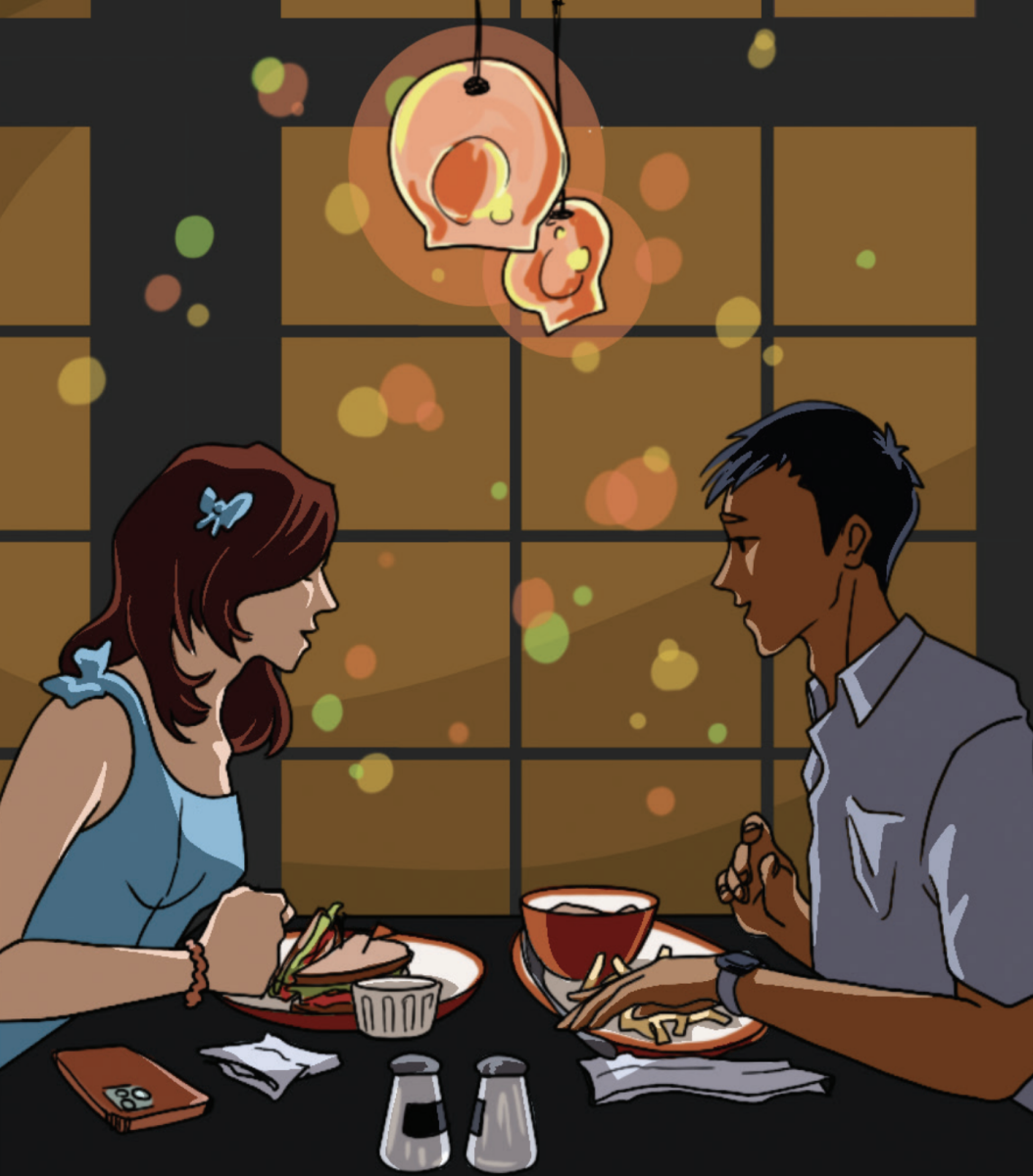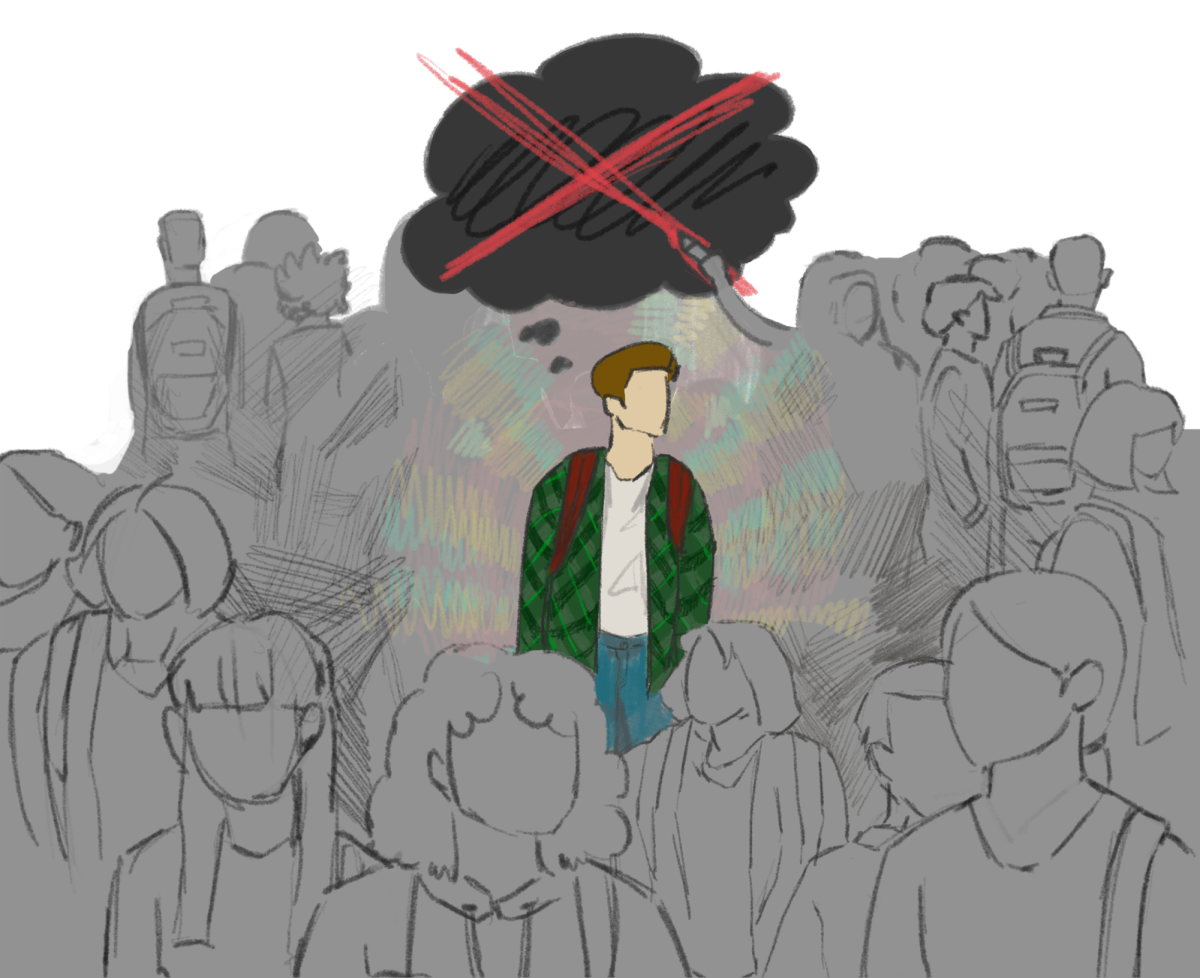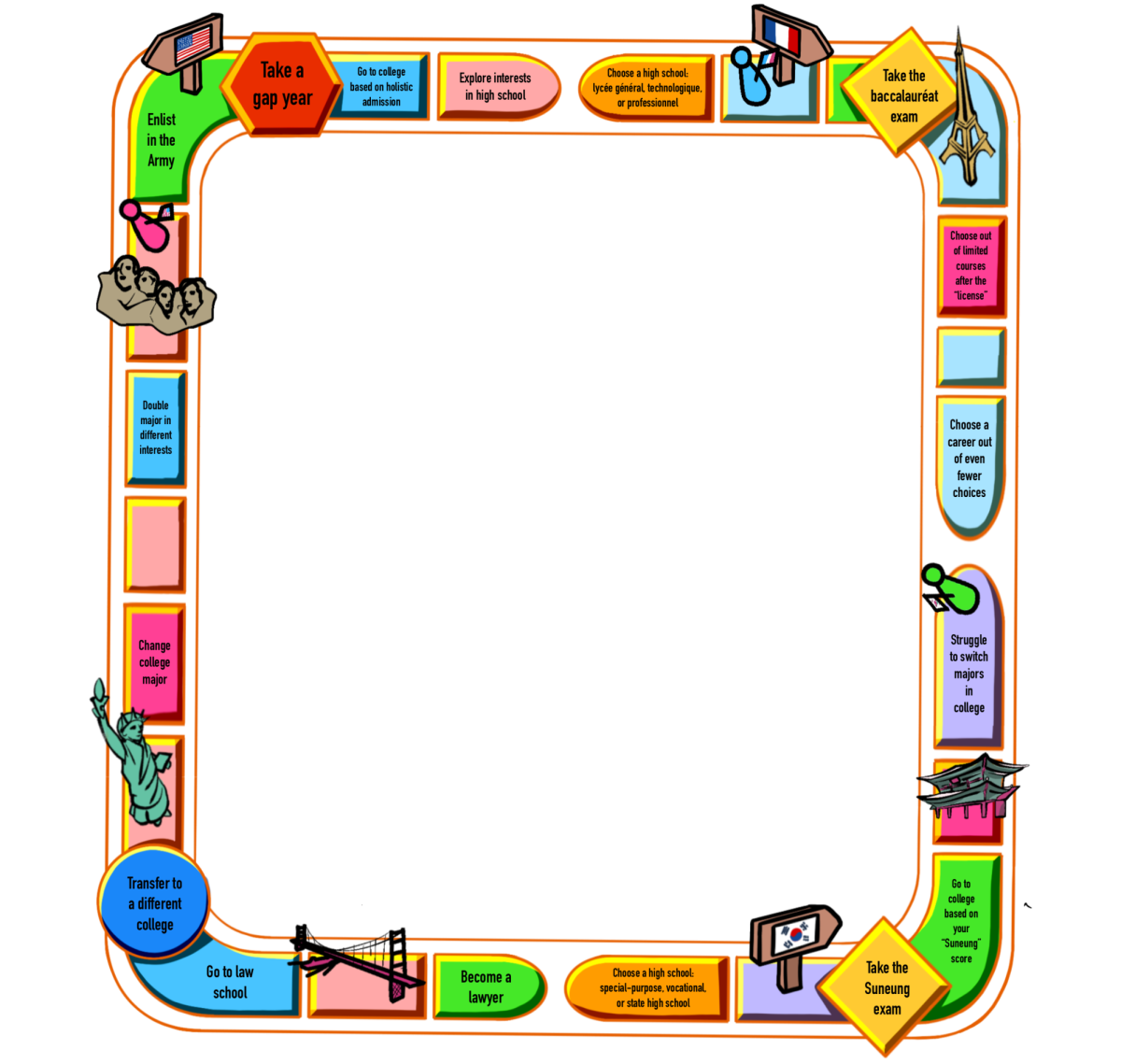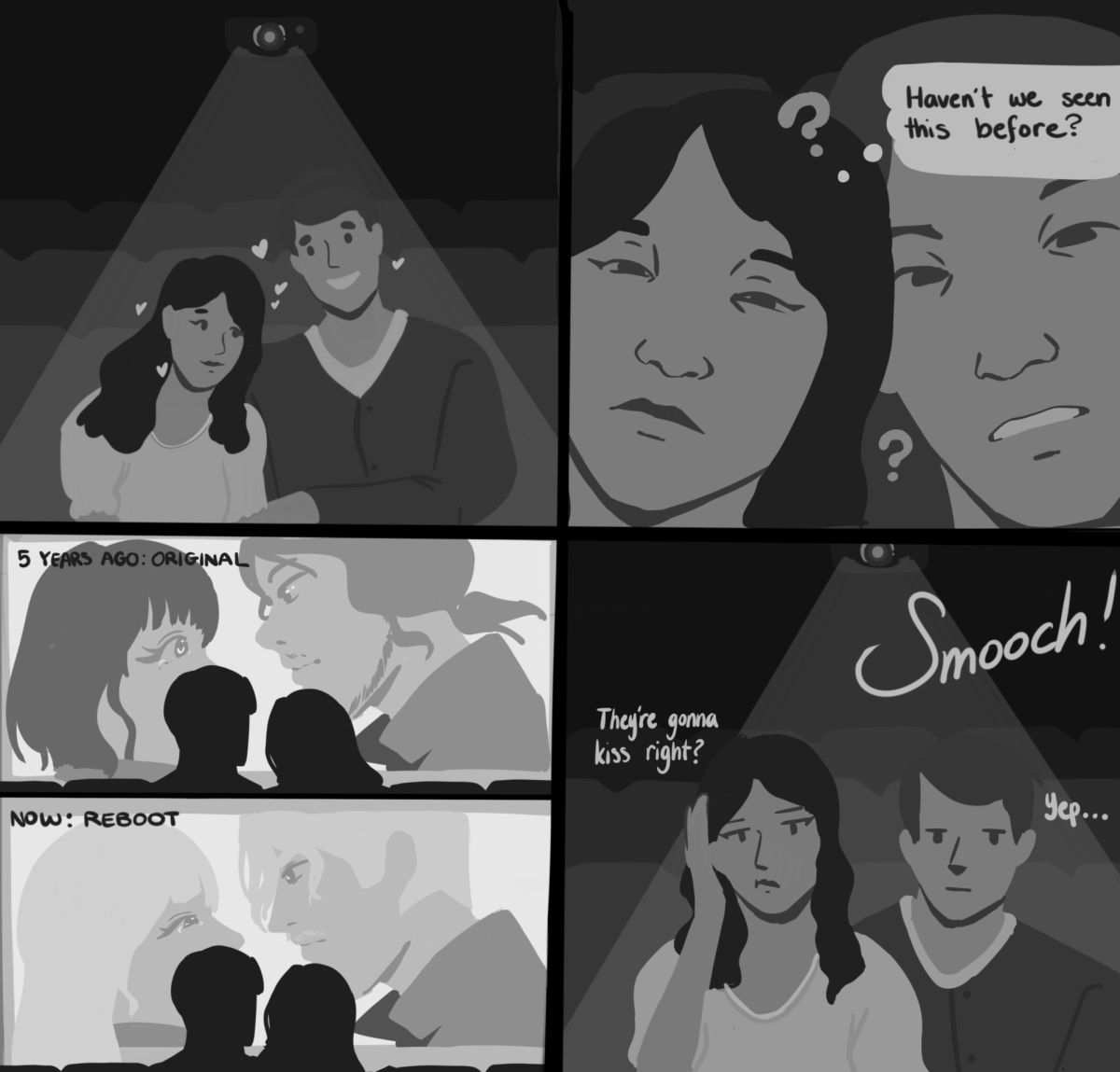Written by Deiana Hristov
In the United States, two to four million women are abused by their partners every year. One in three women is attacked by her husband or boyfriend in her lifetime. In women ages 15 to 44, attacks by a male partner are the number one cause of injury. With these kind of numbers, it seems like we should be trying our hardest to combat this issue. Instead, we’re perpetuating it.
“50 Shades of Grey” is one of the all-time top-selling books, having sold its 100 millionth copy last February. The book describes the lives of Anastasia Steele and Christian Grey as they engage in a Bondage and Discipline, Domination and Submission, Sadism and Masocism (BDSM) relationship. BDSM consists a Dominant who asserts control over a Submissive and usually involves bondage and objects such as whips and blindfolds, among others. Most people who buy it are so engrossed by the sex scenes that they fail to see it for what it really is: 380 pages glorifying domestic abuse and unhealthy relationships. With the movie in theatres, it is time for us to decide: will we support this glorification of abuse or will we see it for what it really is?
According to Lundy Bancroft’s “Why Does He Do That?” a book explaining the minds and motives of abusive men, an abusive man views the woman as an object to possess and control. He sees her as inferior to him and is always trying to place her in a position of weakness. In “50 Shades,” Christian is extremely possessive of Ana, stalks her and gets moody at her when she talks to other men, even if the man in question is just one of Ana’s friends. Christian also berates her for going out and getting drunk with her friends, and says that if “you were mine, you wouldn’t be able to sit down for a week after that stunt you pulled yesterday.” At this point, he hasn’t introduced Ana to BDSM and thus is just straight-up threatening her with violence. Bancroft also says that an abusive man “tends to switch frequently to manipulating his partner to get what he wants.” In “50 Shades,” Christian is constantly keeping Ana on her toes by redefining their relationship: one minute he’s claiming that all he wants from her is a BDSM partnership, the next he is passionately kissing her and asking “What are you doing to me?” This leaves Ana, who really wants to make it work with Christian romantically, floundering and confused.
“50 Shades” skews people’s perception of what BDSM is really all about. BDSM has to always be consensual and safe, and results in the pleasure of both parties. Although everything in “50 shades” is technically consensual as Ana signs a contract, the relationship that she and Christian are in is mostly about his wants and desires. In the contract signed by Ana, it says that “the Dominant may use the Submissive’s body at any time during the Allotted Times or any agreed additional times in any manner he deems fit, sexually or otherwise.” The submissive in “50 shades” also has many abnormal restrictions, such as not being able to eat certain foods or wear certain clothes, while the dominant is free to do whatever he wants. This kind of agreement is not an accurate representation of BDSM; it is a controlling, unhealthy relationship.
The problem with “50 Shades” is that it leads the 100 million people who have read the book to believe that Christian’s behavior is acceptable, and even romantic, while it is actually extremely damaging. This is why I personally won’t watch the movie: I refuse to give money to anything glorifying domestic abuse or unhealthy relationships as this will just encourage the industry to produce more movies like this. While there is no way to reverse the impact that “50 Shades” has had, the only way to prevent something glorifying abuse and unhealthy relationships from infiltrating into our culture is to educate ourselves on what an abusive relationship actually is. By reading books describing abuse and listening to the stories of abused men and women, it will be easier to identify unhealthy relationships for what they are and spread awareness before they have had a chance to change people’s perceptions of abuse. The media can also play a key role in this by using their influence to spread awareness. Most of all, it is important for us to question the status quo, to point out things that are unacceptable and to not be afraid to stand up for what is right.











